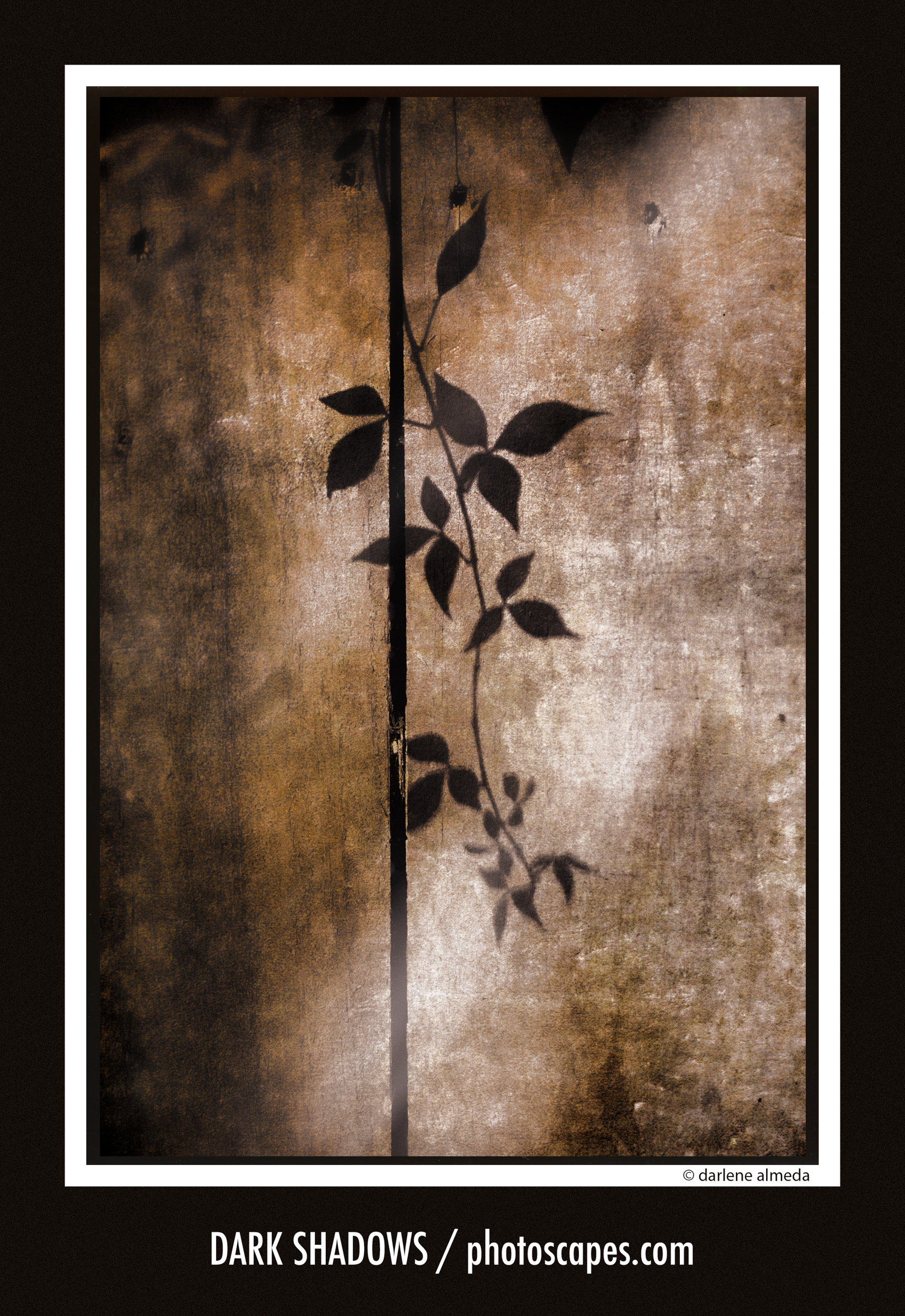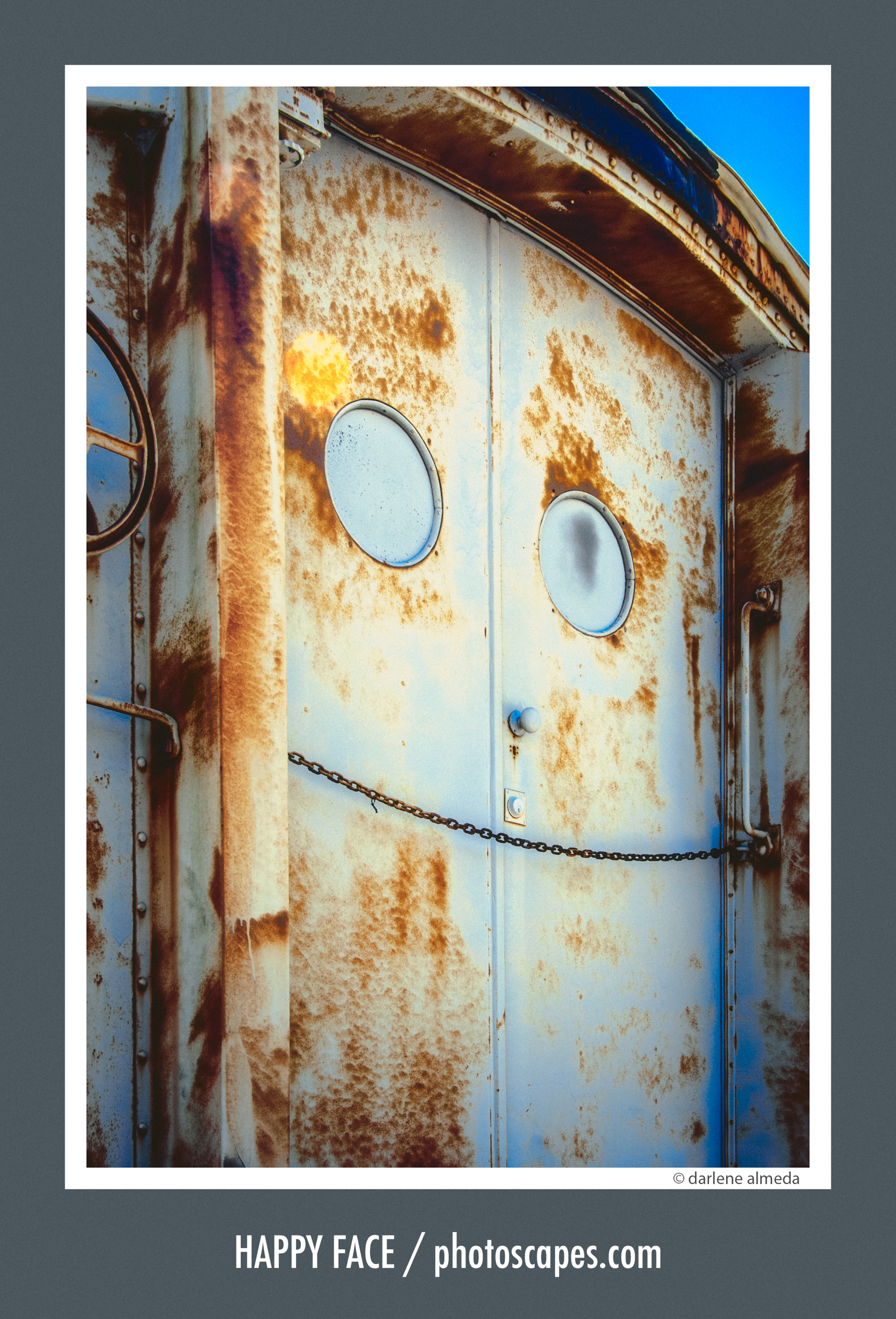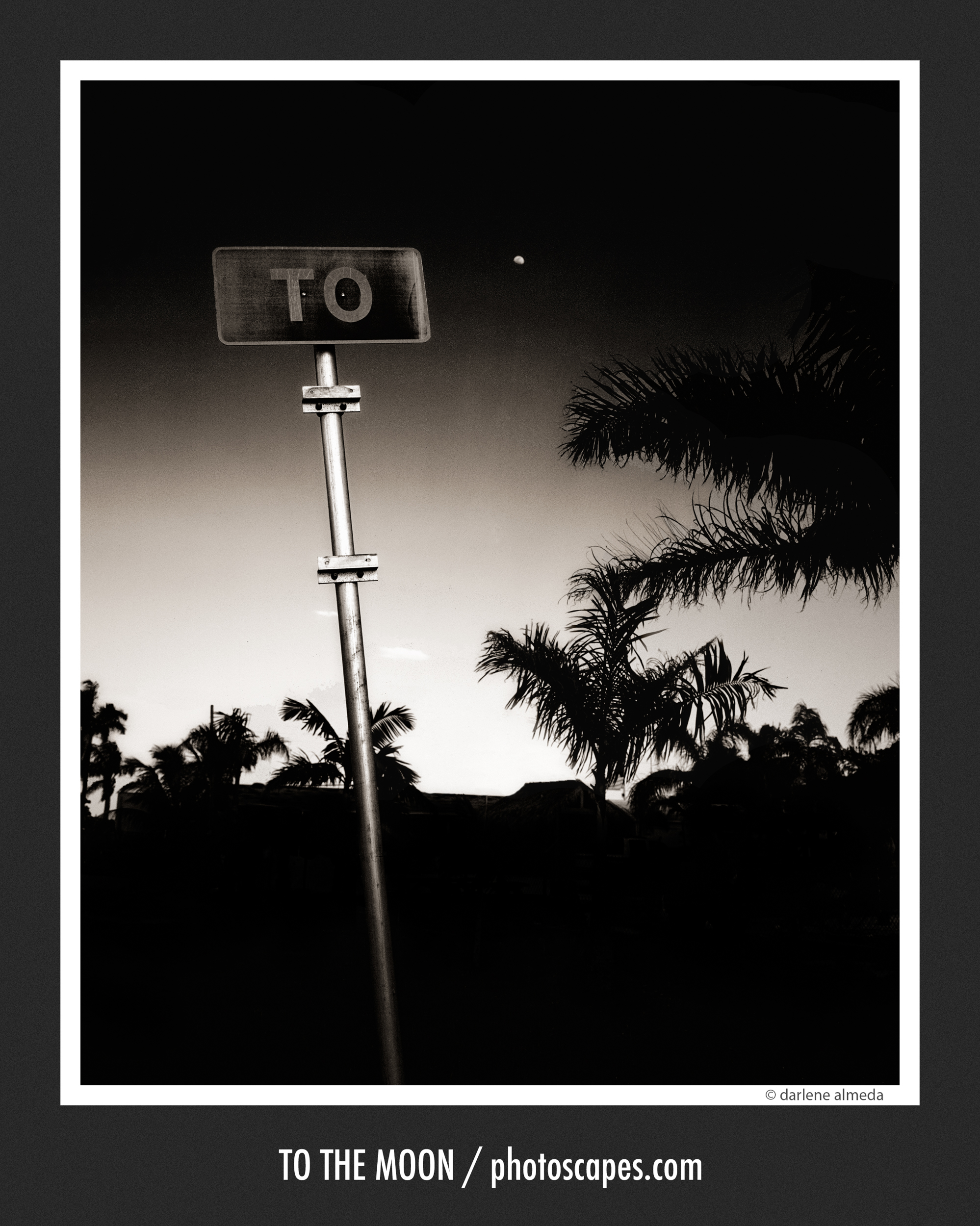Found Object: Abstraction is the art of discovering the extraordinary inside the ordinary. Instead of arranging subjects or staging scenes, the photographer responds to what is already present — the overlooked, the weathered, the accidental, the quietly poetic. A rusted hinge, a bent strip of metal, a slant of shadow, scratched paint on a gate, or even a grate overhead can become an abstract world when approached with curiosity.
This genre begins with noticing. A found object reveals itself not through intention, but through a flash of perception: a pattern, a color shift, a line, or a texture that suddenly asks to be seen. When framed through the camera, these everyday details transform into something new. A broken surface becomes a landscape. A tangle of wire becomes a drawing. A shade of light becomes a shape with its own mood. The real-world object remains, but the photograph lifts it into abstraction.
The beauty of this genre lies in its tension between the familiar and the mysterious. Nothing is invented — everything is discovered. Yet the resulting image often escapes literal interpretation, inviting the viewer to explore rather than identify. It is photography as interpretation, not documentation.
For photographers, Found Object: Abstraction is both practice and philosophy. It encourages wandering, slowing down, and letting the world reveal itself without rearranging a thing. It sharpens the eye and deepens visual sensitivity, reminding us that the world is constantly composing itself — in rust, in shadow, in structure, in decay, in reflection, and in light.
Found Object: Abstraction asks a simple but powerful question:
What happens when you let the world create the shapes, and your camera simply completes the thought?
Images:
HAPPY FACE: When rust, bolts, and metal seams accidentally form an expressive face, the object becomes something between whimsy and decay. Nothing staged, nothing manipulated — just perception transforming reality.
TO THE MOON: A simple road sign and a rising moon become an unexpected visual metaphor. The found pairing turns space, sky, and metal into a small story.
ATTIC LIGHT: Curtains, window glow, and darkness merge into mood rather than documentation. The found object here is not the window but the feeling it quietly reveals.
Found abstraction reminds us that the world is full of ideas waiting for a lens; we just have to notice them.
words & images © darlene c. almeda / photoscapes.com



